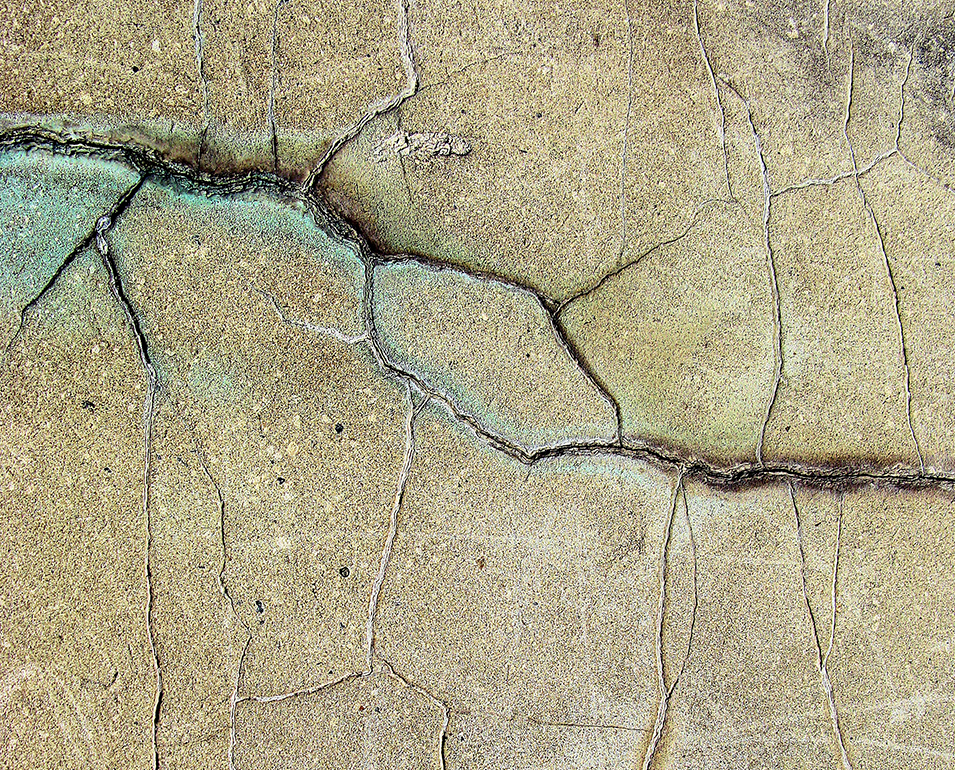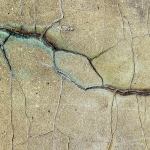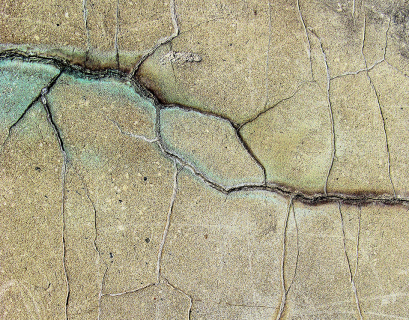By Alejandro Baño Oyarce / abagno@dgeo.udec.cl
/ Photographs and images kindly provided by Dr. Marcos Moreno
Ir a Versión en Español
It wouldn’t be unbelievable to say that most Chileans know that almost all of the largest and most well-known earthquakes were produced by the convergence of two tectonic plates. One of these, the oceanic plate, goes underneath (or subducts) under the continental plate. The oceanic Nazca Plate moves some seven centimeters a year in an easterly direction, i.e. from the ocean towards the continental South American Plate. Everything is fine until this point.
However, we have recently learned that some earthquakes are apparently preceded by small oscillations that move opposite to the primary direction of subduction. While this might appear farfetched, data obtained from precise instrumentation could confirm the possibility of this phenomenon.
SUBDUCTION AND EARTHQUAKE
It has been known for some decades that when one plate subducts under another, both get stuck and begin to move together towards the East – in this case, towards Chile. This crash accumulates energy that begins from the most superficial contact point between the plates (i.e. at 50-60 kilometers deep), an area from which the largest earthquakes on earth have originated. An earthquake happens when the stoppage between the plates is abruptly ruptured, creating a rapid movement of the superior plate (i.e. of the South American Plate towards the West, or towards the sea). During this process, observations can be made with seismographs and using satellite positioning instruments.
This is just what a group of scientists were working on – analyzing data from the 2010 earthquake in Chile and 2011 earthquake in Japan – when they realized that some months before the earthquakes occurred, abnormal oscillations were detected in the direction of movement, between 4 and 8 millimeters towards the East in the case of the South American Plate. In other words, properties of the rock at greater depths appear to cause oscillations that impact the speed at which the plates descend. This would accelerate subduction and increase the physical forces exerted on the most superficial zone of contact prior to large earthquakes.

The strangest finding, however, was that both earthquakes occurred after a second oscillation. Possible causes for these movements were analyzed and evaluated until reaching a conclusion – in both cases the oscillations were related to the interaction of processes at different depths, forming what is known as a “slow earthquake.” The most interesting finding was that in both cases, as well as with other earthquakes in Chile and around the world, these oscillations occurred months before the normal earthquake.
The conducted analyses were recently published in the prestigious scientific journal Nature. This article reflects a collaborative effort, which included Dr. Marcos Moreno Switt, a geological researcher for the Department of Geophysics at the Universidad de Concepción. Prior to the 2010 earthquake, Dr. Moreno investigated mechanisms that could indicate movements prior to large earthquakes. The first author of the paper was Dr. Jon Bedford, who was the first doctorate student of Dr. Moreno in Germany.
A question still lingers. Do these oscillation processes occur before every earthquake? This point still requires further study, as does the possibility of the processes occurring without a subsequent earthquake. “Although we are far from predicting an earthquake, the observation of these signals is a step towards detecting preceding processes,” states Dr. Moreno, who is currently leading a new research network named “Precursor.” This research network will continue analyzing observation information collected prior to earthquakes and will install instrumentation in northern Chile to see if signals can be recorded that confirm or disprove the oscillation hypotheses.
More information: marcosmoreno@udec.cl
Etiquetas: Geofísica Last modified: 2 de junio de 2023







